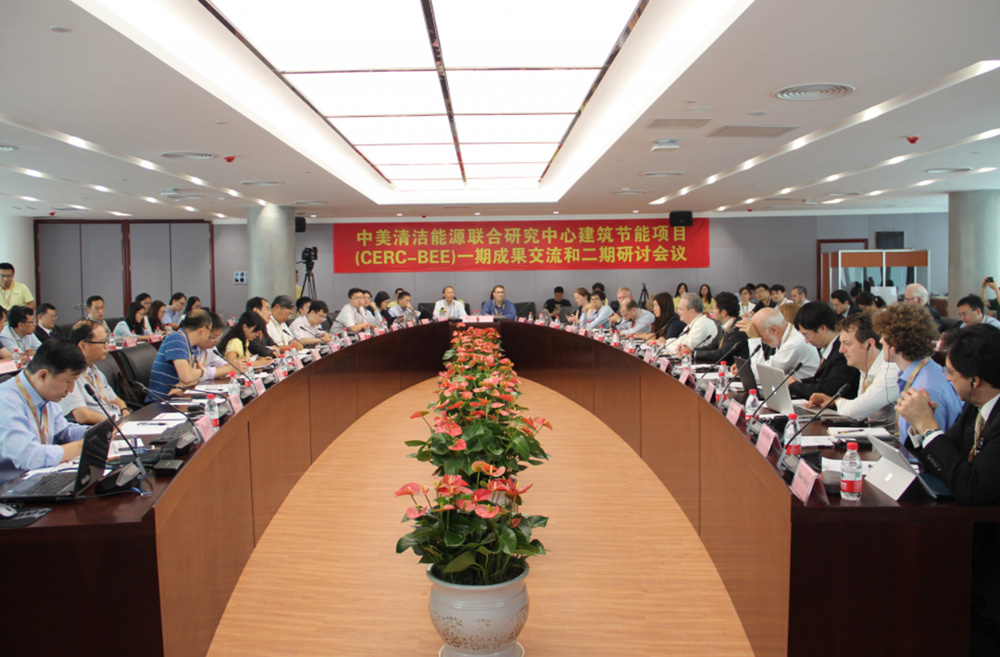While the studies of DC vs AC are of commercial value, our focus is on commercialization of converged DC and controls as the foundation of all new building construction. We look forward to supporting the CERC-BEE program and major cooperating labs with sample systems they can use to test everything from overall system efficiency to Demand Response. We believe renewable energy sources will eventually overtake fossil fuels but not quickly enough to avoid major climate damage from CO2 emissions. Therefore it is our goal to deploy our smart infrastructure as quickly as possible so all new buildings can be part of the solution instead of adding to the problem. The open architecture will hopefully attract more partner products that will collectively share in actual energy savings and more enjoyable building services.
LumenCache is working with USGBC on their DC Pilot Credit Team with our focus on educating building designers to the availability of efficient DC products and the stacked savings from an integrated control infrastructure in all buildings.
Since the last CERC-BEE meeting, we completely overhauled the LibRE product, eliminating the design flaws from the early prototype product and lowering the cost. We also created low-cost modules that are as "dumb" as traditional AC LED lights. This allowed us to reach cost parity with commodity AC LED lighting resulting in a giant leap in market interest. We now have $6-20m of named projects in the sales pipeline. IWired in Colorado and Arizona are installing LumenCache in both of their showrooms and they install 2500 homes per year.
We were accepted into the Hong Kong STARS program which is opening many leads to China construction projects. The CERC-BEE relationships with CCC are of paramount importance so we can get approvals quickly and begin supplying government-sponsored projects.
Our Foundation Energy program is bringing the same modern benefits from smart cities to the first energy access in the Himalayas. The team won the Social Impact award at a JLL sponsored hackathon which led to us being accepted into the AngelHacks accelerator program. This is gaining additional exposure.
Also special thanks to Benny Liu from IBR for introducing CCTV to LumenCache. We will be featured in a documentary about the 40th anniversary of Shenzhen, and I mentioned the IBR and CERC-BEE program, as well as the importance of the US DoE/China MOHURB (住建部). It airs in December.
About the U.S.-China CERC-BEE Program
“The U.S.-China Clean Energy Research Center will help accelerate the development and deployment of clean energy technologies here at home. This new partnership will also create new export opportunities for American companies, ensure the United States remains at the forefront of technology innovation, and help to reduce global carbon pollution." — Secretary Chu, September 2, 2010
The Clean Energy Research Center (CERC) on building energy efficiency was initiated between U.S. President Obama and Chinese President Hu. CERC was formally established by protocol between the US Department of Energy and Chinese Ministry of Science and Technology in November, 2009. In November 2014, the United States and China made a renewed and expanded commitment to the U.S.-China Clean Energy Research Center (CERC), extending the CERC mandate for an additional five years from 2016-2020. Total funding for CERC-BEE, including private and public investments in both countries, will be at least $100 million by 2020.
Through more than a dozen high visibility, cost-shared projects, we are conducting R&D on building energy efficiency (BEE) technologies and strategies in the United States and China that will be applicable worldwide. Researchers are working to improve efficiency in new and existing buildings, save energy, reduce greenhouse gas emissions, increase indoor comfort, and reduce stress on the electric grid. As new construction proceeds around the globe, collaborative BEE research efforts are helping to lock in the tremendous potential energy savings for the long term.
In equal amounts, U.S. funds will be used exclusively to support work conducted by U.S. institutions and individuals, and Chinese funds will support work conducted by Chinese institutions and researchers. Together the U.S. and Chinese research-industry teams:
- Focus on real-world impact through the early commercialization of technologies and by developing intellectual property, software, tools, guidebooks, codes, policies, and more;
- Bring new technologies to market;
- Create a sustainable platform and build lasting partnerships;
- Cover the whole business model by involving various stakeholders such as government, academia, and the private sector.
